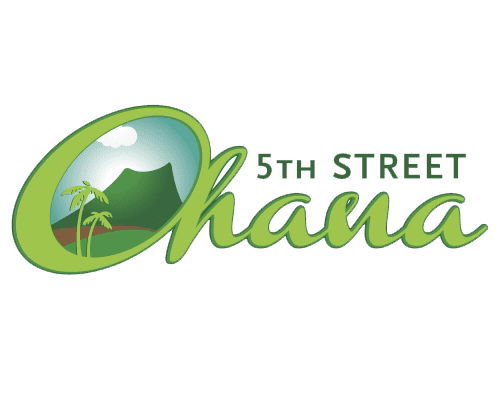

With Thanksgiving right around the corner, most of us are getting our menus ready and thinking about cooking—or just eating—the perfect turkey. Here in Hawaii, however, we cook our bird little differently than most. I must admit that when I first heard about cooking in an underground dirt oven, I was skeptical. But the traditional Imu method of cooking has been part of Hawaiian culture for centuries, and today, is one of the most prevalent ancient Hawaii customs in practice.
So, how does an Imu work? First, it’s important to find a suitable spot to dig a fairly large pit within a rich area of soil, which can be quite challenging on the Big Island. Nevertheless, once a spot is selected and a large pit is dug, it’s time to start the fire. Dense woods such as ohia or kiawe work the best. After the fire burns for a few hours, reducing down to coals, add a thick layer of smooth lava rocks. Next, lay soaked banana stalks over the lava rocks followed by soaked ti leaves, and then grates and place your pans of turkey, vegetables, or other Thanksgiving dishes, into the earth oven. Traditionally, a dressed pig along with taro would also be added.
After the pans have all been placed inside the Imu, the modern way is to place soaked ti leaves over the top of the pans, and then soaked burlap sacks. Then, the oven is covered with dirt to form a large mound. But this is only half the process. While building an Imu can be challenging, the hardest part is watching it for 10-12 hours. The key to a successful Imu is keeping a close eye on the mound of dirt, checking for pukas (holes) that steam might escape from. When a puka is discovered, more dirt must be placed on the mound to keep all the heat and moisture underground.
When the Imu is at last unearthed, the deliciously sweet smell of the feast fills the air with a palpable bite. Finally, the most important part of the Imu process occurs as ‘ohana gather to celebrate food, family, friendship, and the blessings of life.

